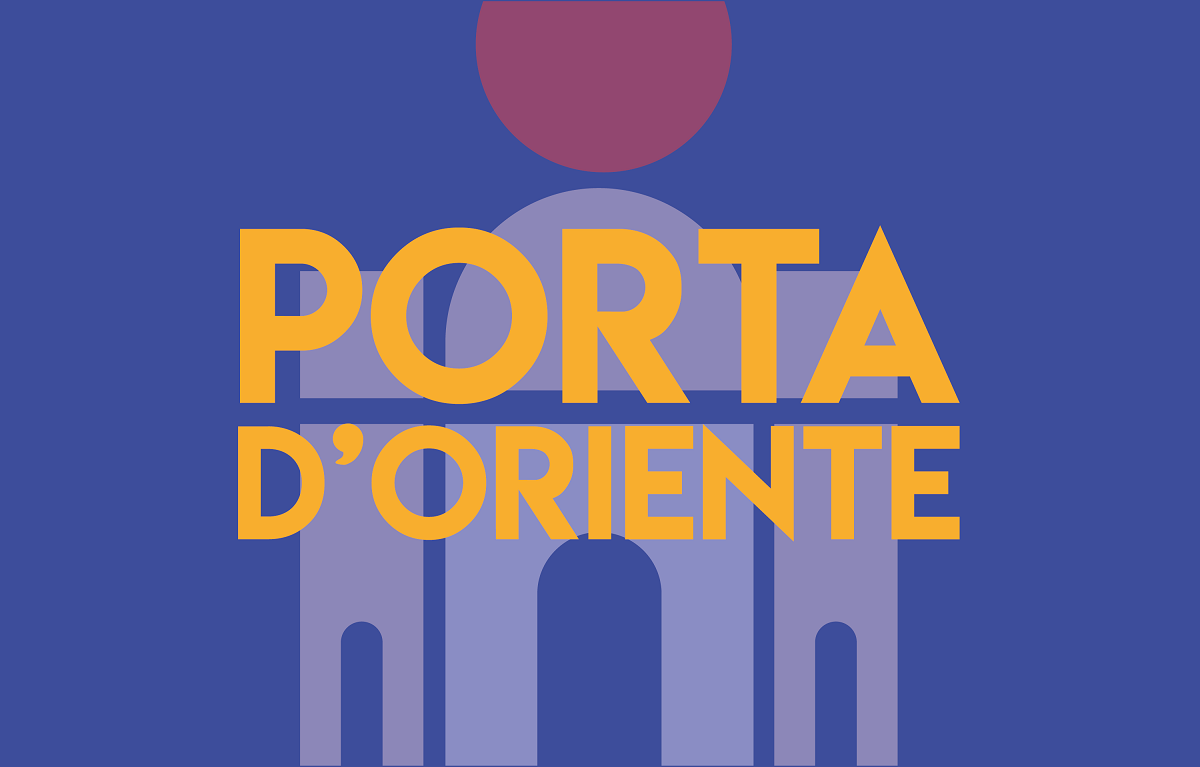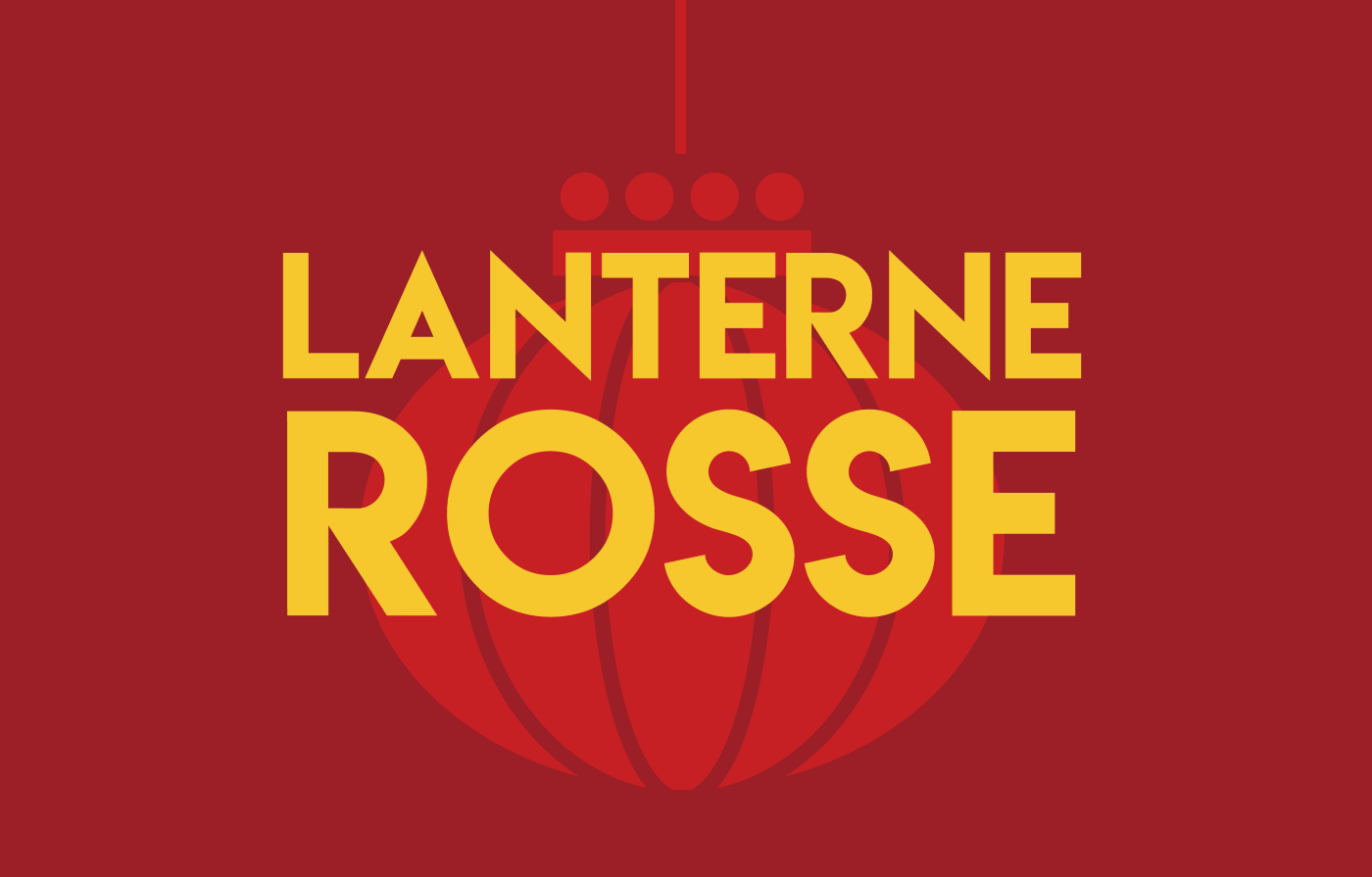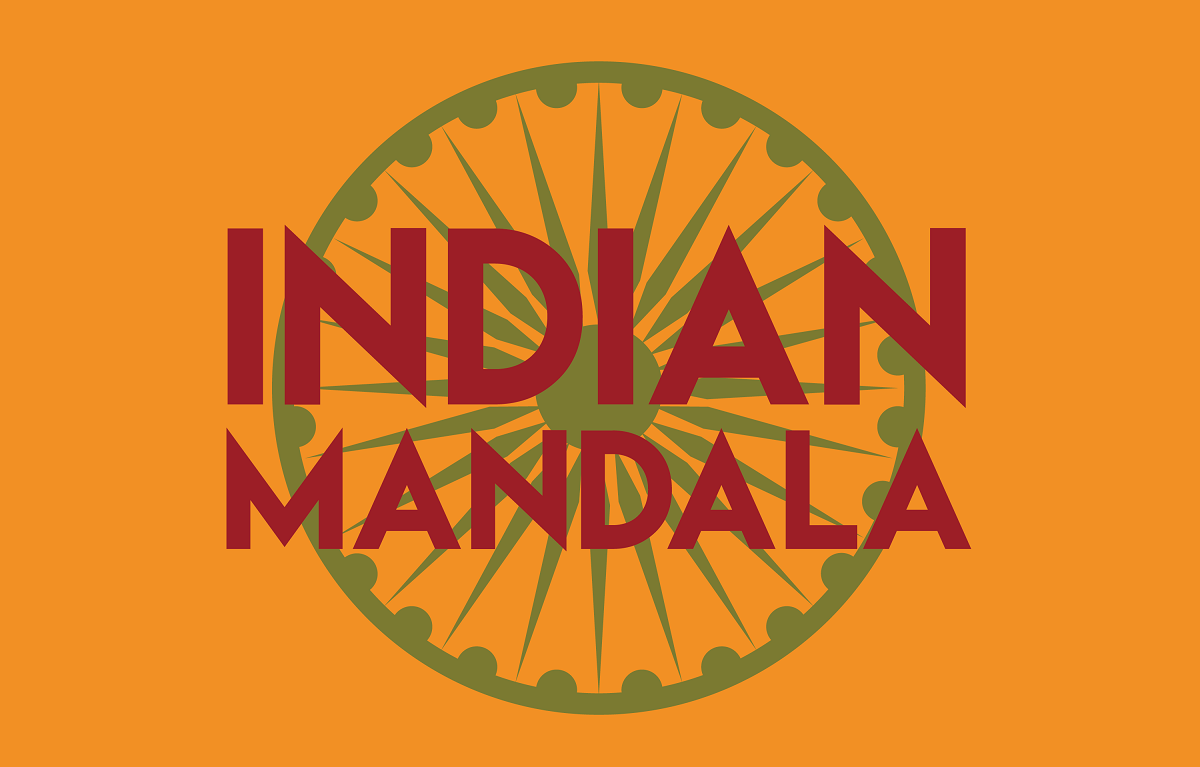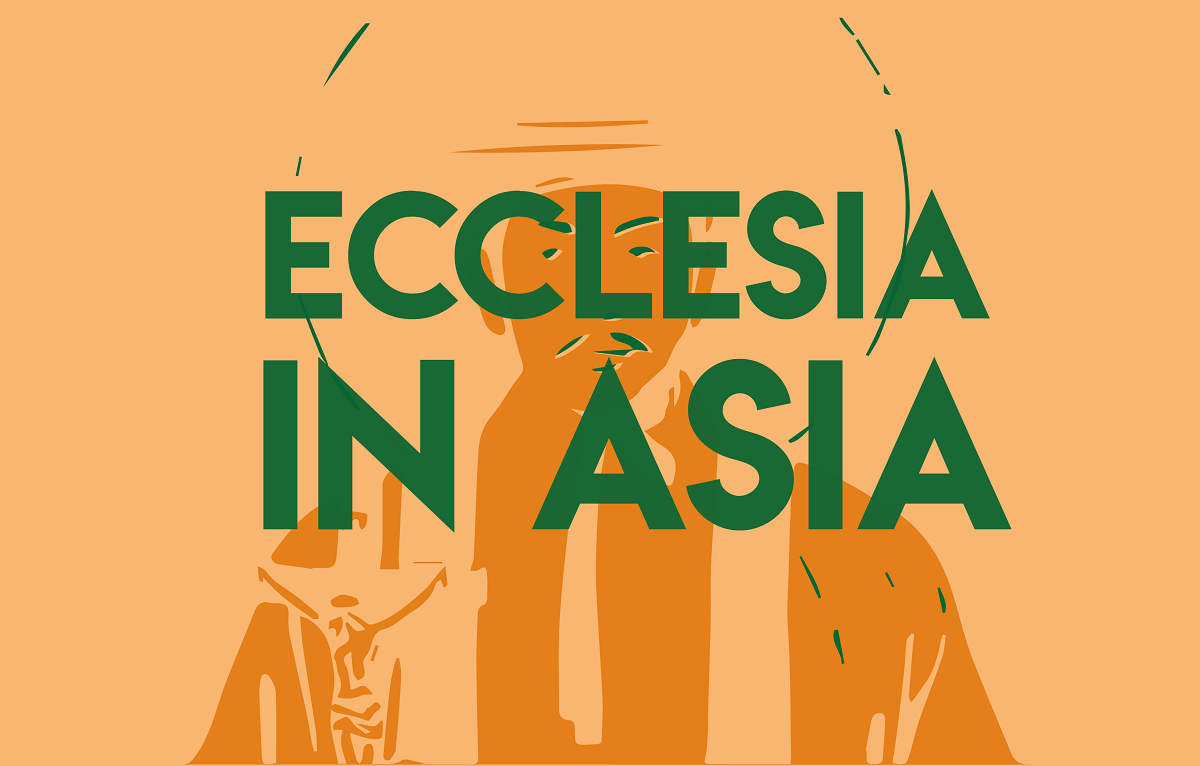As many as 1,800 new Leprosy cases a year
Hansen's disease mainly affects the eastern and western provinces. Although with multi-drug therapy (MDT) Sri Lanka has reduced cases, it remains a ‘high incidence country’. Twelve per cent of patients are under 15 years of age, most between 25 and 45. Leprosy remains associated with strong social stigmas. Health authorities emphasise the importance of early diagnosis and raising awareness.
Colombo (AsiaNews) - Despite the leprosy elimination target set by the WHO in 1995 - to drop to at least one case for every 10,000 people - Sri Lanka has between 1,000 and 1,800 new cases a year, with 12 percent of patients being young people under 15. The disease, also called Hansen's disease - a less stigmatising name - persists mainly in the eastern and western provinces. Health authorities believe that leprosy is caused by bacteria that affect the skin and peripheral nerves; about 6 per cent of patients have visible lesions.
Scholars emphasise the importance of early diagnosis and public awareness. Indeed, the stigma that for centuries afflicted people suffering from leprosy still exists, despite the fact that a specific and effective cure exists: even in Sri Lanka, most patients suffer social discrimination due to myths and misunderstandings about Hansen's disease. For this reason, the sufferers are also reluctant to seek medical help.
In 1983, Sri Lanka was the first country in South Asia to introduce multi-drug therapy (MDT) made available free of charge by the World Health Organisation (WHO) to all registered leprosy patients. Thus, thanks to this treatment, as happened in other countries in the region, Sri Lanka also experienced a significant decrease in the presence of leprosy. Nevertheless, two decades later, Sri Lanka was identified as a country with a ‘high incidence’.
Dilini Wijesekara, community doctor and advisor to the Ministry of Health's Anti-Leprosy Campaign, explained that ‘according to the WHO, a person can contract leprosy if he or she is around an infected person for more than 20 hours a week for a period of three months. This does not justify the isolation that sufferers have suffered over the centuries, often relegated to marginal places on the outskirts of cities. ‘In Sri Lanka, leprosy patients diagnosed at skin disease clinics receive different forms of treatment. Although the majority of leprosy cases in Sri Lanka are reported among men between the ages of 25 and 45, younger men are also affected'.
Samadhi Herath and Randesh Samarasinghe, dermatologists, informed AsiaNews that there are two types of leprosy: a communicable and a non-communicable. ‘For this reason, we urge the public to consult a doctor if symptoms appear and to support patients, instead of isolating them, because early treatment can prevent serious complications and reduce transmission,’ they explained. In the early 1980s there were less than 10 specialists in the whole country, most of whom were attached to university hospitals and a few provincial hospitals. ‘Sri Lanka has managed to eliminate the number of leprosy patients thanks to early diagnosis of the disease and proper treatment. At present, there are more than 105 dermatologists in 25 districts and all patients are diagnosed and treated by a dermatologist in clinics such as the Leprosy Clinic at the Colombo National Hospital.’
Scholars Sanduni Caldera and Kavindu Tennakoon recounted that leprosy was first documented in the country as an infectious disease during the Dutch period from 1640 to 1796. ‘At that time, segregation was the only mode of treatment and separate hospitals were established to isolate patients, in 1708 at Hendala, north of Colombo and at Mantivu in the Batticaloa district.’ In 1901, the British issued ‘Lepers’ Ordinance No. 4', which legalised the compulsory segregation of leprosy patients.
Following this ordinance, segregation was authorised and all patients were taken to hospitals in Hendala and Mantivu. All patients were registered and a central register was maintained in Hendala. ‘In 1934, the first national leprosy census was conducted in the country,’ they added. ‘In 1999, Sri Lanka took the decision to integrate leprosy services into the general health services, with the aim of transferring responsibility for leprosy elimination activities to a district health team.
12/02/2016 15:14





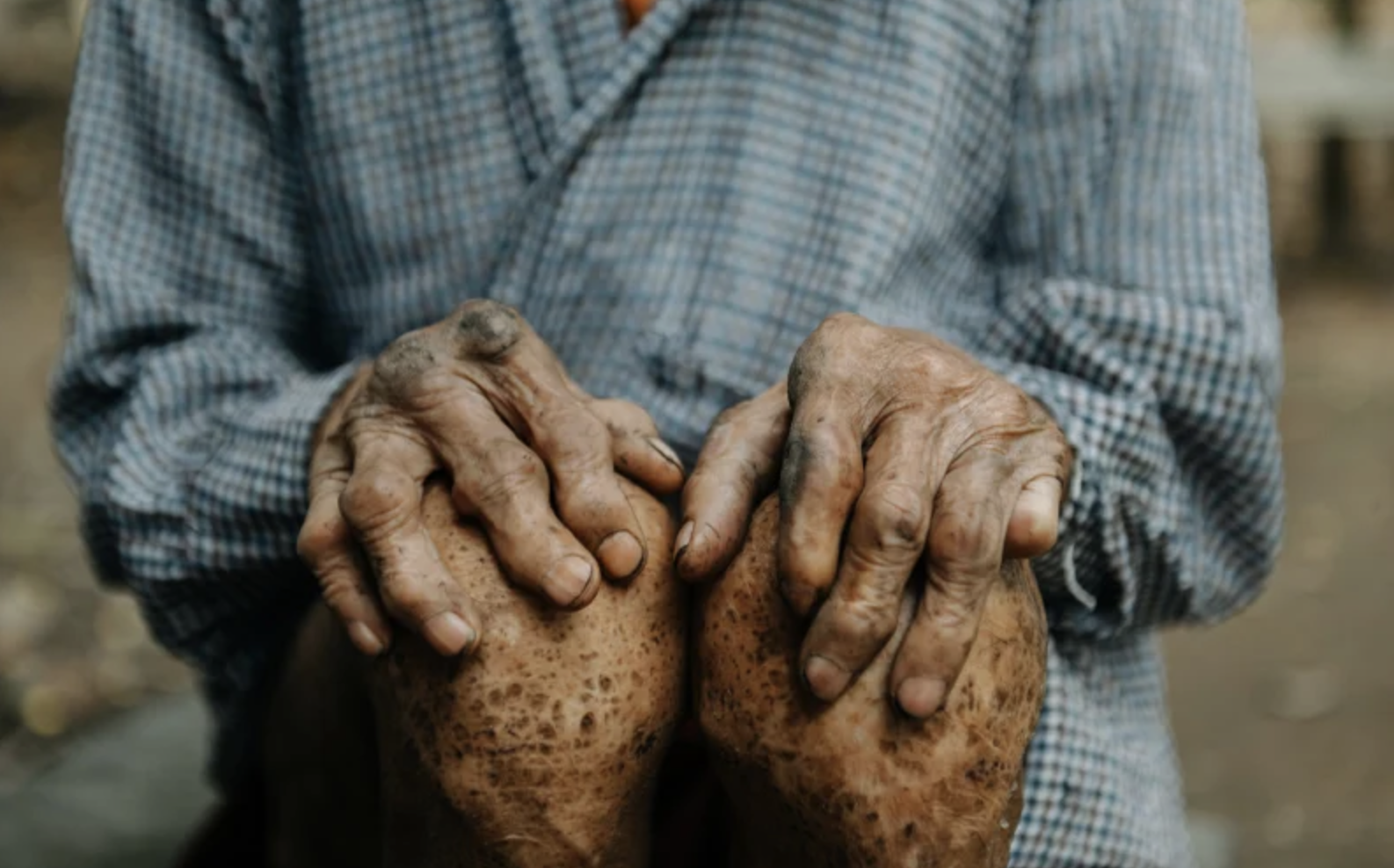

.png)
